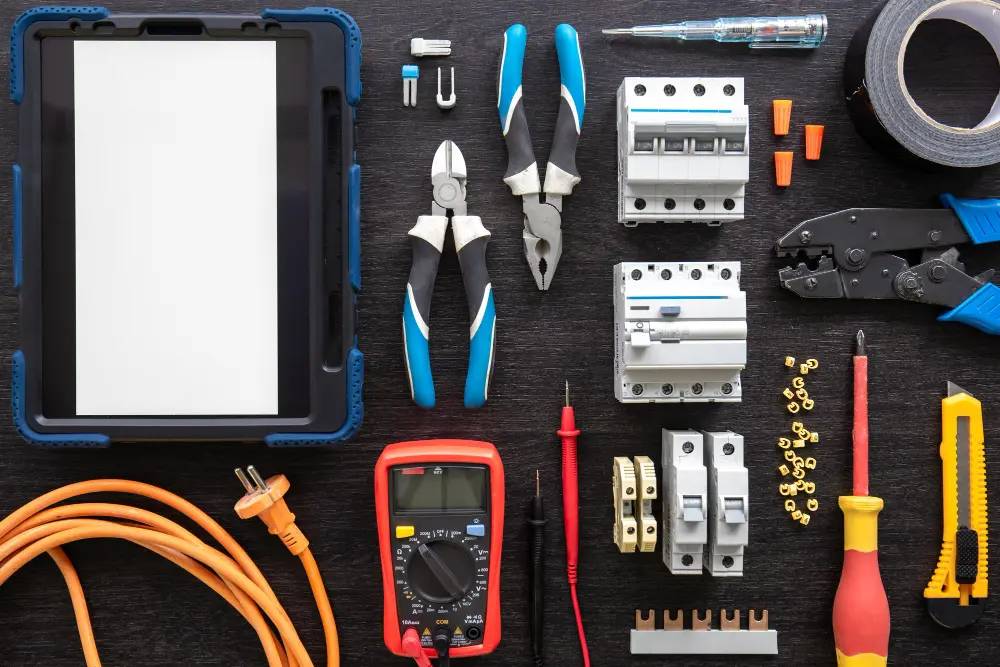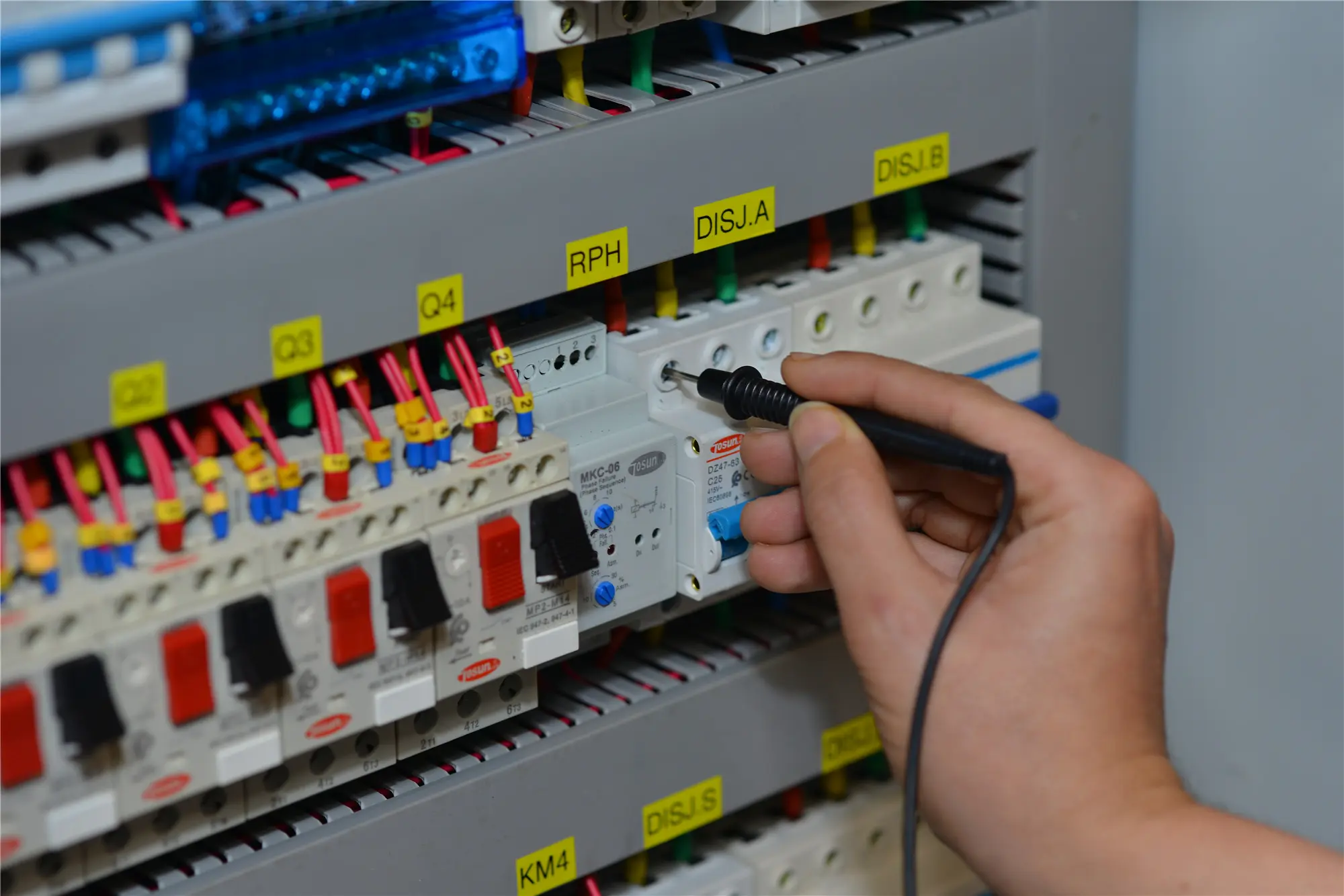7 Factors to Consider When Choosing Wiring Ducts
Table of Contents
ToggleWiring ducts and make or break your electrical system. That’s why it’s important to choose them carefully. How do you do it? Here are seven factors to consider:
1. Material
Wiring ducts are manufactured from different materials: PVC (Polyvinyl Chloride), halogen-free materials, and metal. Each one has unique properties suitable for specific environments.
PVC ducts, for example, are cost-effective and widely used for general applications. Halogen-free options are preferable in environments where toxic gas emissions must be minimized in the event of a fire.
Metal ducts, on the other hand, provide enhanced durability and protection in harsh conditions, making them suitable for industrial settings.
2. Size and Capacity
When choosing a wiring duct, considering the right size is also important. It should be big enough not just to house your current cables but also to allow for future expansions.
A crowded duct can lead to overheating, signal interference, and difficulty in troubleshooting. Make sure that the chosen duct size aligns with the cable fill capacity guidelines to maintain optimal performance.
3. Type of Wiring Duct
Will you be changing or adding wires often? Slotted wall ducts may be more suitable because the “slots” on the duct allow for easy access to cables. If cable security is your topmost priority, solid wall ducts are the best choice.
Choosing the right wiring duct type depends on the nature of your installation, so assess the requirements of your project carefully.
4. Compliance with Standards
Check if your chosen wiring duct complies with relevant standards and regulations, such as those set by the National Electrical Code (NEC) or the International Electrotechnical Commission (IEC). This guarantees that the ducts meet the necessary quality and safety requirements for your application.
5. Environmental Considerations
Different environments impose different challenges on wiring systems. For instance, areas that have high temperatures need wiring ducts that are resistant to heat. Evaluate the condition of the environment where the wiring duct will be installed to ensure it can withstand environmental challenges.
6. Installation Ease
If you’re working on a project with time constraints, also consider how easy (or hard) the ducts are to install. Some wiring ducts come with innovative features like snap-on covers or self-adhesive backs, simplifying the installation process.
7. Cost Considerations
Cost is also a significant factor in choosing wiring ducts. Compare prices and assess the value of the ducts in relation to the specific needs of your project. Take note, though, not to compromise quality for the sake of cost. Instead, aim for a balance that meets both budgetary constraints and performance requirements.
Seamless Cable Organization with Tosunlux
Searching for quality yet affordable wiring ducts? Explore Tosunlux’s range of wiring duct options. Visit our website or reach out to us for additional information!
Tel: +86-577-88671000
E-mail: ceo@tosun.com
Skype: tosunelectric
Wechat: +86-139 6881 9286
WhatsApp: +86-139 0587 7291
Address: Room No.1001 Wenzhou Fortune Center,Station Road, Wenzhou, China
REQUEST A QUOTE
WhatsApp us
 : +86-139 0587 7291
: +86-139 0587 7291 English
English Español
Español Русский
Русский Français
Français العربية
العربية Português do Brasil
Português do Brasil Українська
Українська Türkçe
Türkçe Polski
Polski Nederlands
Nederlands Italiano
Italiano Bahasa Indonesia
Bahasa Indonesia हिन्दी
हिन्दी اردو
اردو አማርኛ
አማርኛ Հայերեն
Հայերեն ไทย
ไทย Монгол
Монгол فارسی
فارسی Shqip
Shqip Ελληνικά
Ελληνικά


